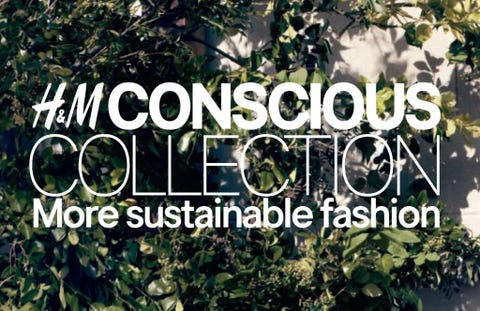Sustainable Supply Chain: Some Best Practices Across the Globe
In the past months, we have unexpectedly witnessed clean air as a result of
industrial shut down due to steep Covid-19. The larger truth remains unchanged
that the world is yet to achieve the reduced greenhouse gas (GHG) reduction
target set by the Paris Climate Agreement. For business leaders heavily taxed
by the pandemic, sustainability and profitability may seem like conflicting
goals. Companies are all in for cutting costs and investment in renewable energy
and advanced manufacturing technologies may appear difficult to justify.
As firms have little control over supplier’s activities, procurement and supply chain are considered as weak links in organizational sustainability. But, logistics is one area that is in the firm’s control. A typical company’s supply chain accounts for greater than 80% of GHG emissions and impacts on land, air, water, and biodiversity.
Many large businesses across the globe are learning how to maximize the synergy between sustainability and operations. Some best practices in the functional area of Procurement, Supply chain and Logistics illustrate the potential
· Participating in global initiatives for sustainable sourcing
Schneider is a member of the Conflict-Free Smelter Initiative. They ensure sourcing of smelter or refiner minerals from conflict-free sources. Another example is Pearson, who is a member of the Book Chain Project. This helps provide sourcing information from the origin of fiber to the working conditions in factories where the publishing materials are produced
· Banning the material sourcing from territories involved in conflicts and unethical practices
H&M has banned the use of cotton from Turkmenistan and Syria due to the poor labor conditions and ongoing political conflicts in the countries, respectively. This has helped H&M in maintaining its commitment to responsible sourcing of materials.
Suppliers’ Sustainability
· Integrating sustainability in tendering process
BMW has integrated minimum sustainability criteria into the tending process. In order to qualify for BMW’s tenders, suppliers with +100 employees should be at least certified on ISO 14001, whereas suppliers with +500 employees should at least publish an annual sustainability report. This increases the competition among the suppliers to do well in terms of sustainability.
· Assigning sustainability goals and evaluating the performance of suppliers
Adidas uses the e-KPI2 program for assigning sustainability goals and evaluating the supplier’s performance. This helps in identifying and addressing the individual needs of the suppliers. Also, BMW annually assigns scientific sustainability goals to its suppliers in compliance with the CDP project. In 2016, 69% of the BMW’s suppliers reported a reduction of 36 million tons in CO2 emissions.
Vivendi and Kesko report the extent of local purchases as part of their sustainability performance since local purchases help in boosting the domestic market and creating job opportunities.
Logistics
· Increasing the share of sea-freights over air-freights
In 2015, Schneider implemented preferred sea freights in certain areas and saw that CO2 emissions decreased by 23.8%.
· Reducing emissions from vehicles
The gas division of Enbridge converted 648 of 853 fleet vehicles to run on natural gas. Enbridge saved 500 t CO2(e) from converting the vehicles.
· Reducing emissions from employee transport
Enbridge has 40 TelePresence videoconferencing meeting rooms as an alternative to business travel. This helped the firm in saving 14 t CO2(e).
· Using reverse logistics to optimize routing
Daimler optimized the transportation of its reusable shipping containers by using the reverse logistics techniques to move the containers in the same shipment which moved the goods initially. In 2016, using reverse logistics eliminated 2200 t CO2 emissions and also reduced the freight costs.
· Managing shipping volume to decrease the load on logistics
In 2012, BMW started using a screw compactor to compress the recyclable packaging materials before shipping to the recycling facility, which increases the shipping volume of the packaging materials. The increase in the shipping volume saved BMW roughly 24,000 truck kilometers (emission + cost).
Pic:greencarcongress.com
Sustainability doesn’t always have to come with an enormous price tag. Environmental performance can be a byproduct of optimization of operations-be it to improve quality, reduce cost, or boost productivity. Efficient supply chain and operations not just reduces cost but also use less energy, fewer resources and generate less waste. Companies can position them for growth by working closely with suppliers to improve sustainable operations in the supply chain.
Reference
https://www.se.com/ww/en/about-us/suppliers/conflict-minerals.jsp
https://www.greencarcongress.com/2020/07/20200728-bmw.html
https://www.researchgate.net/publication/284722494_Responsible_sourcing_of_metals_certification_approaches_for_conflict_minerals_and_conflict-free_metals
https://goodonyou.eco/how-ethical-is-hm/#:~:text=H%26M%20has%20pledged%20to%20become,or%20sustainable%20materials%20by%202030.
https://www.mdpi.com/2071-1050/11/16/4307






Interesting read. Were these practices affected in any way due to the pandemic ??
ReplyDelete